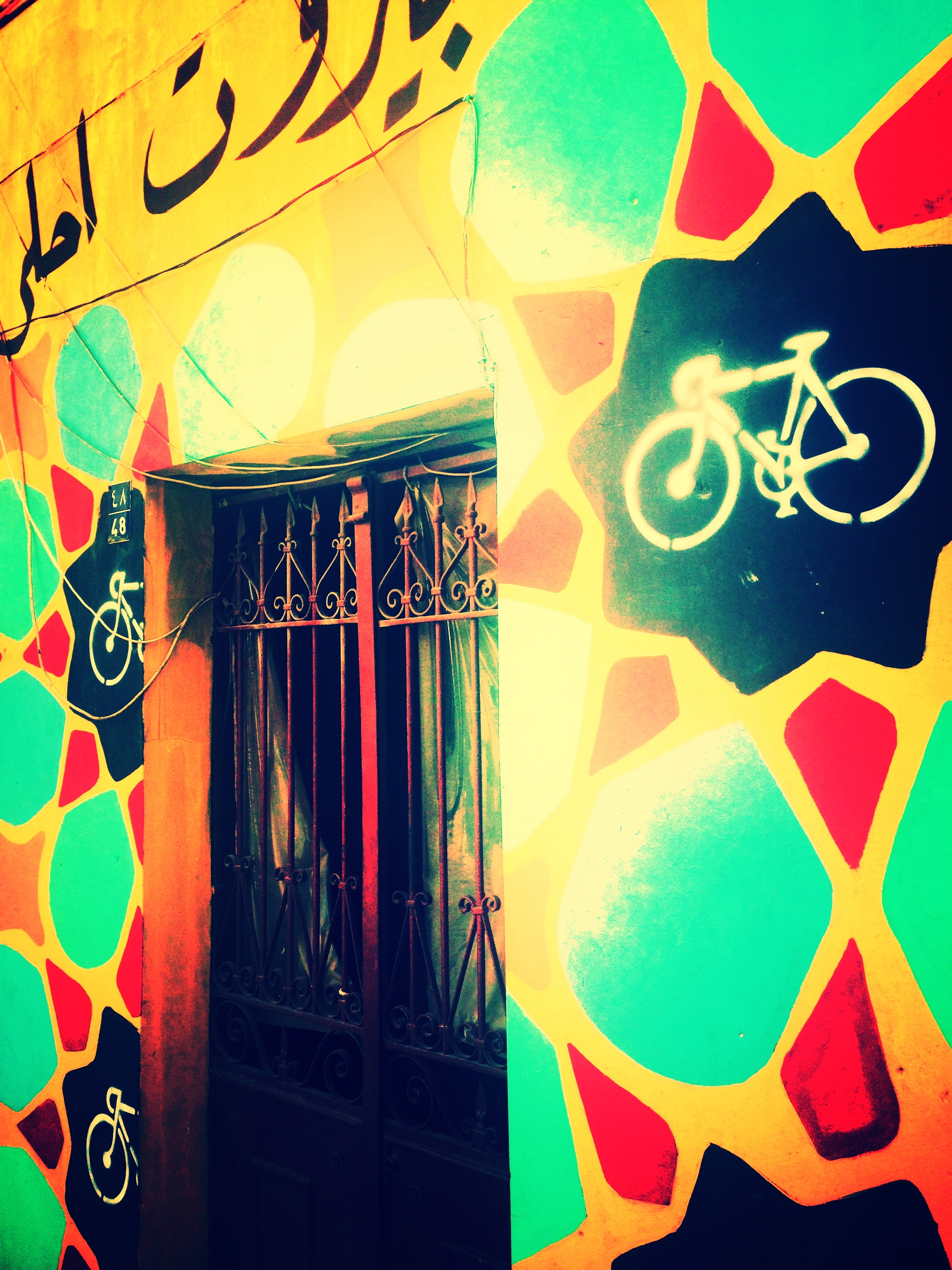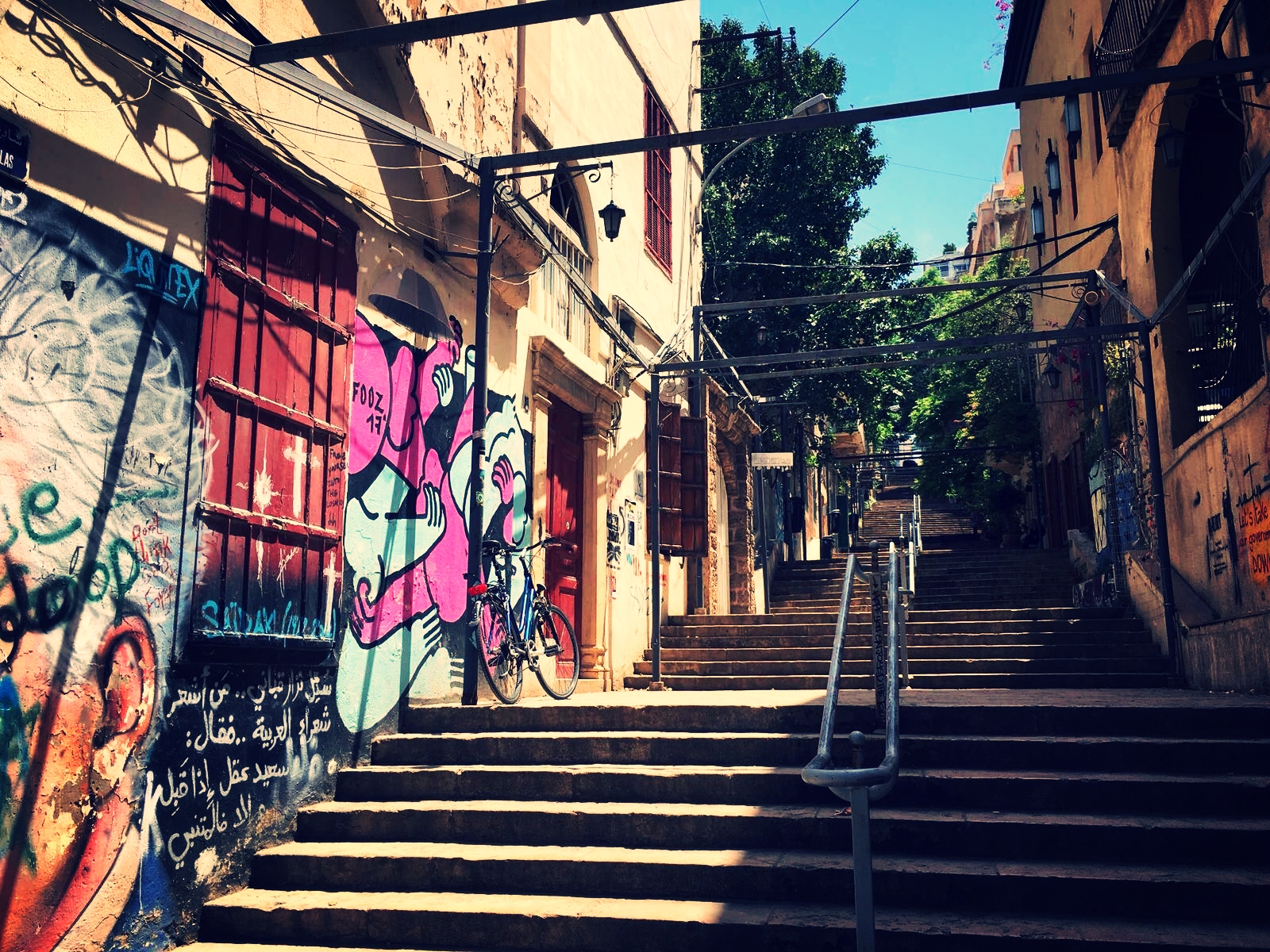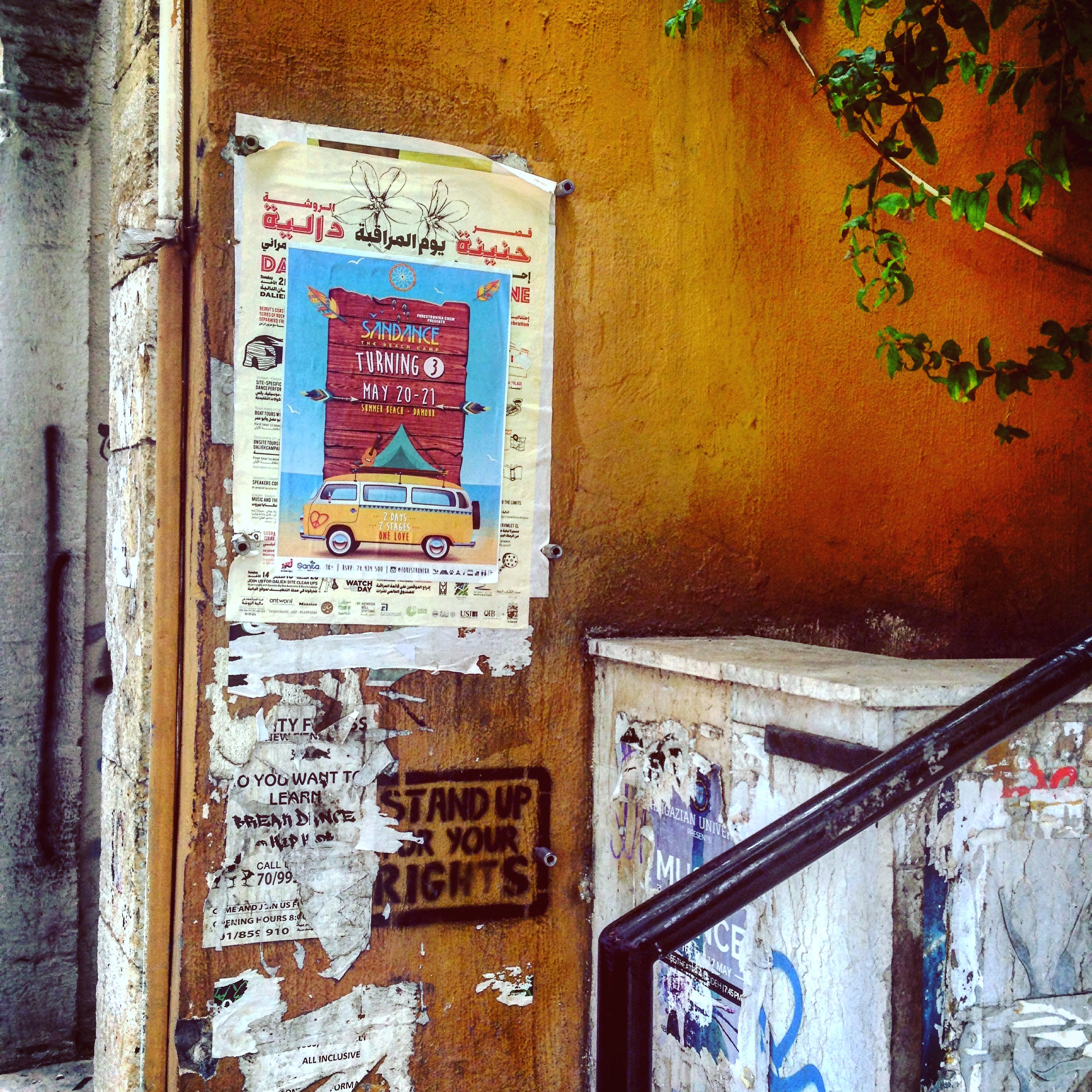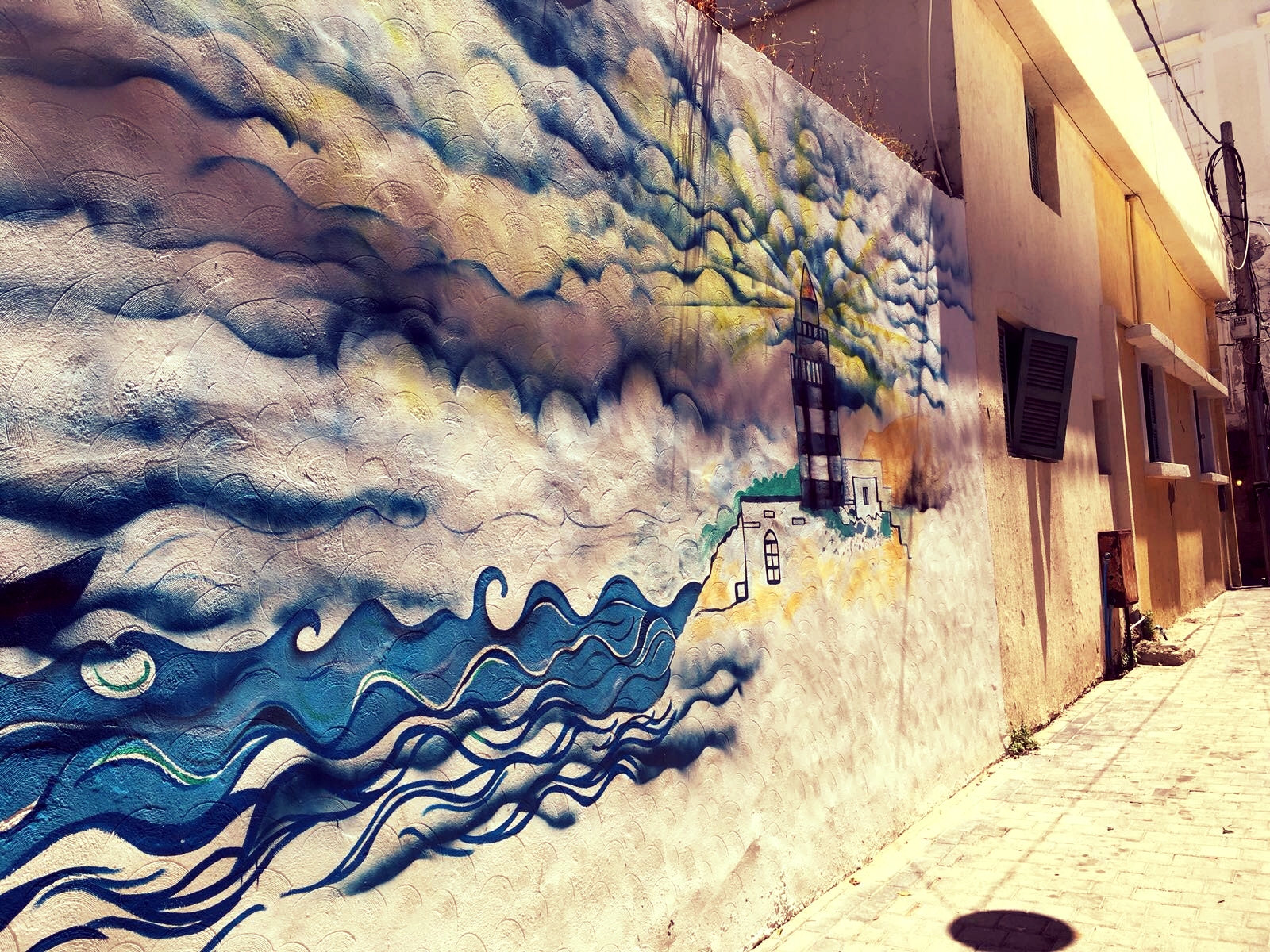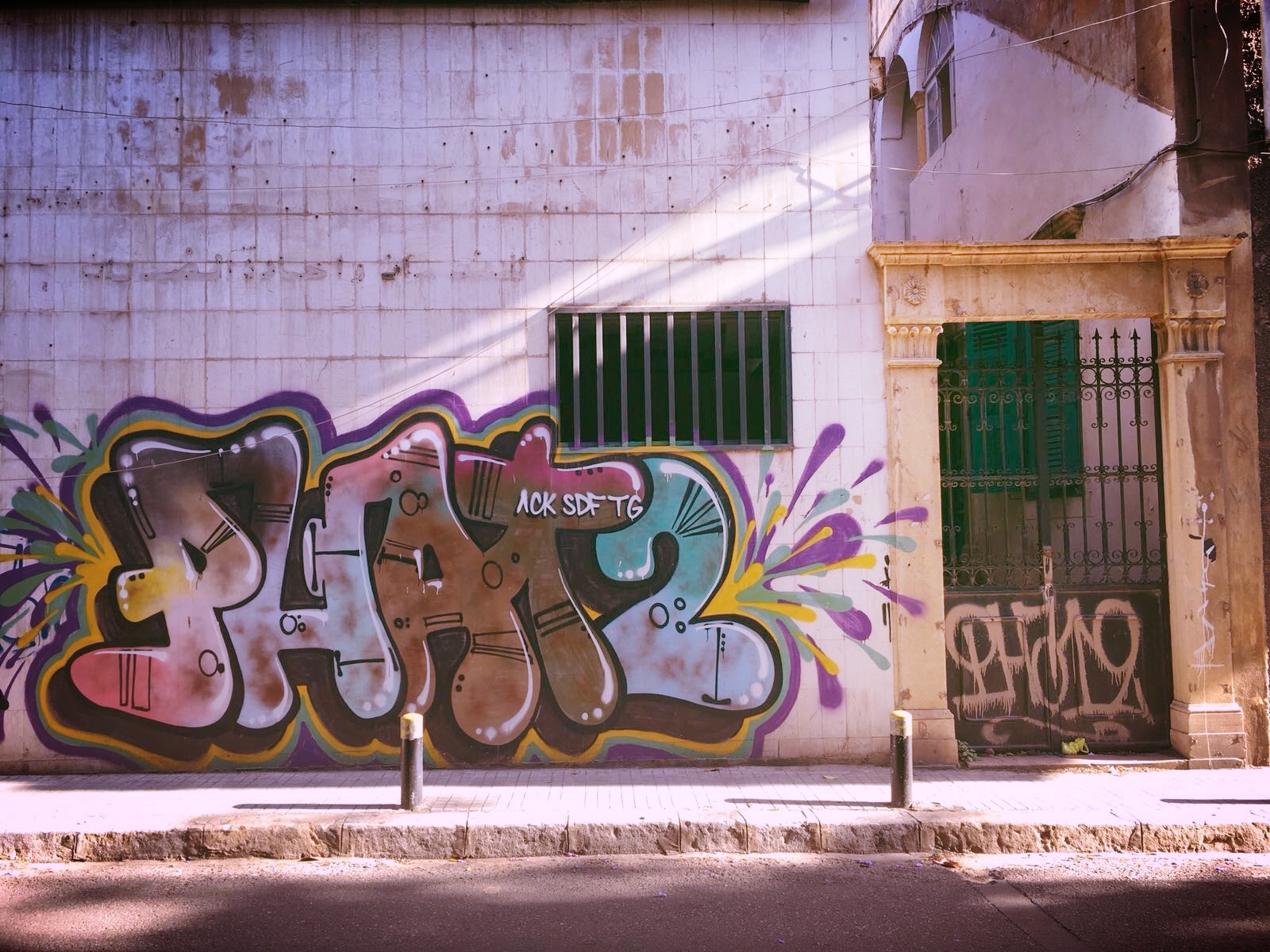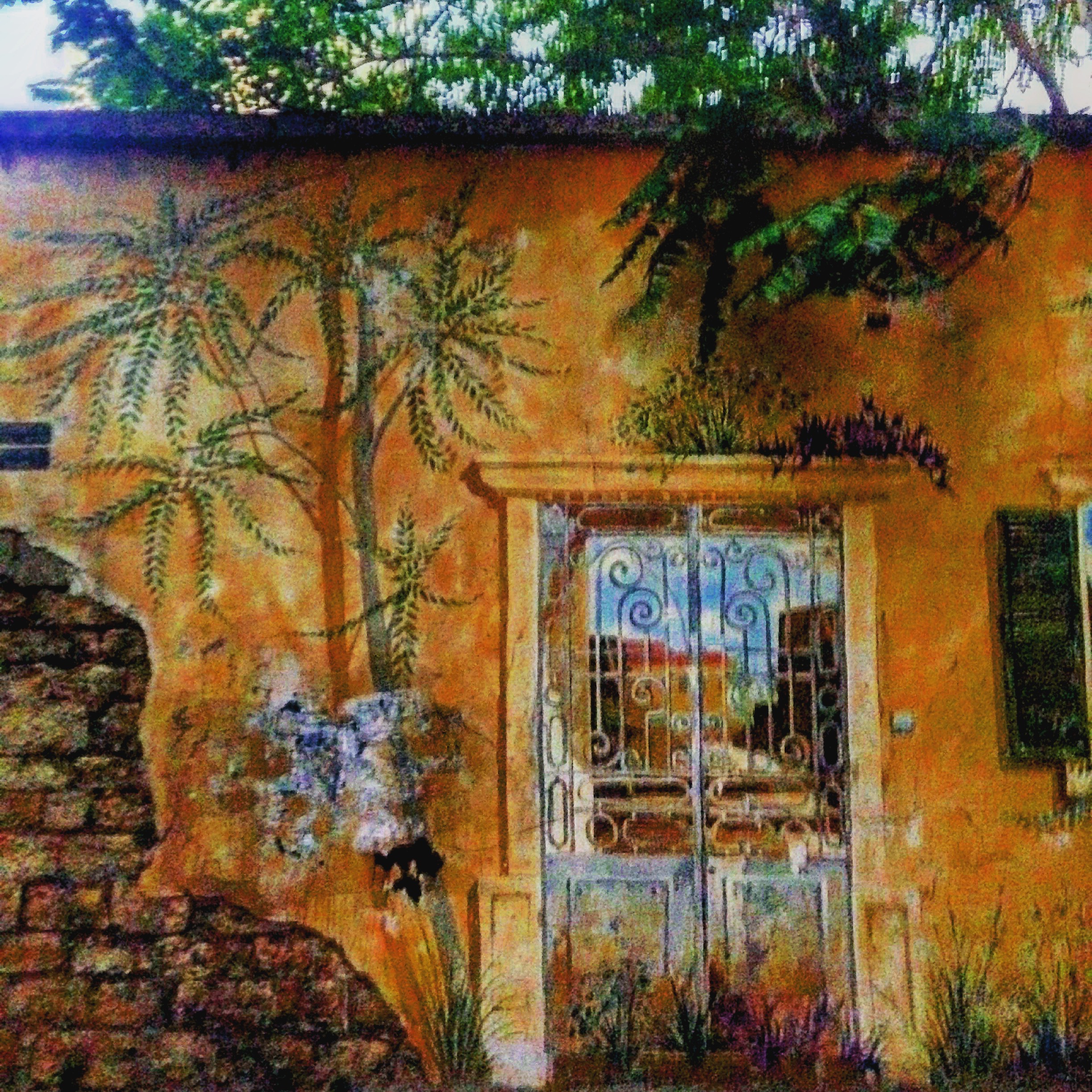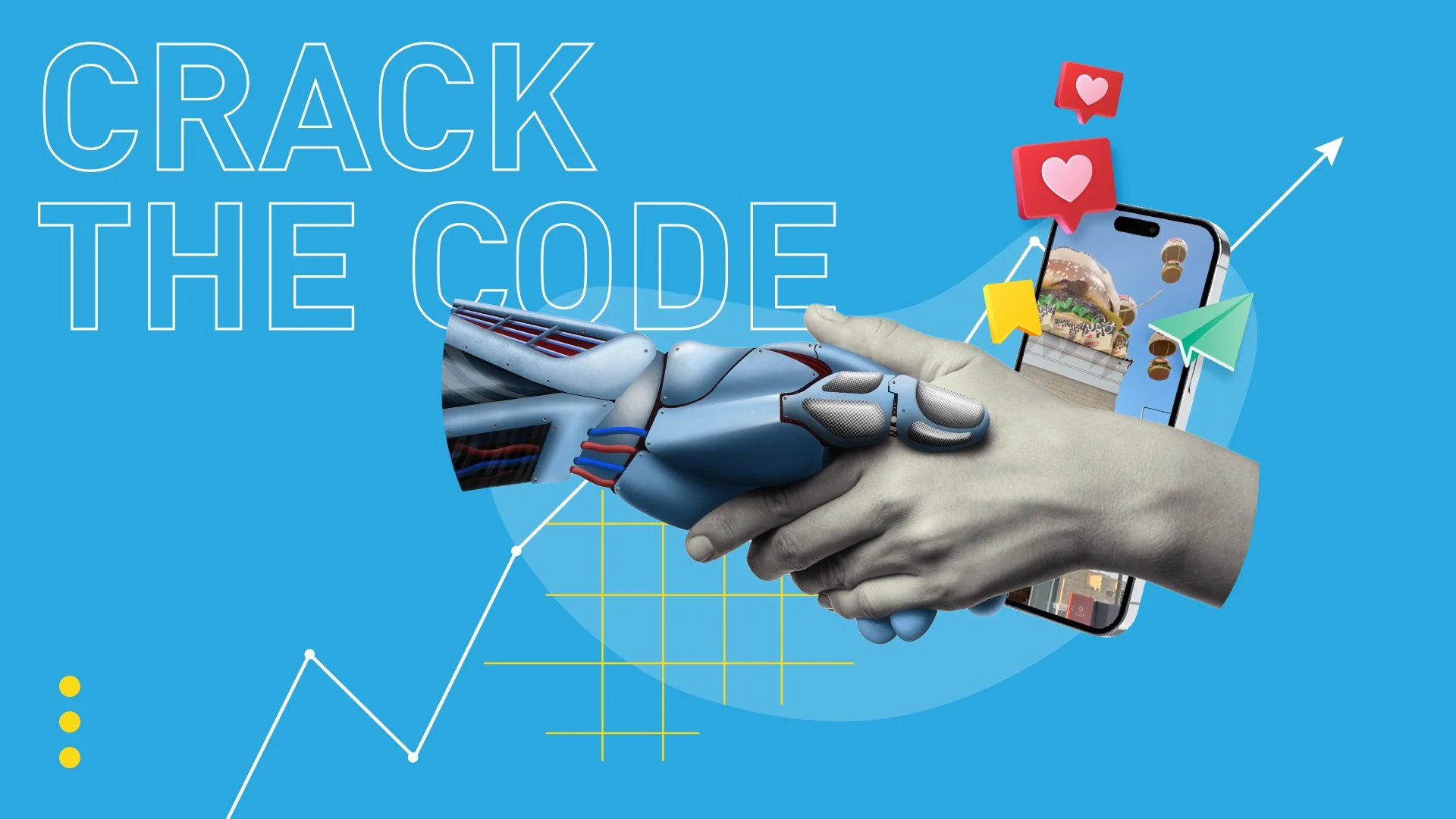How Urban Design Can Drive Social Change
Over the past 2 years, I have been lucky enough to live in 3 different countries: Spain, Scotland and now Lebanon. One of the things that sparked my obsession with Beirut was the number of murals on many of the walls. My phone space is now glad to be filled 90% with random painted walls (see below images), all of which I find so beautiful. My home town Glasgow could well be Mars in comparison to Beirut, but they do share one thing in common: using the walls as canvasses in an innovative approach to urban design.
A glimpse of Beirut through my (very old) phone camera lens.
Once known as ‘graffiti’, ‘street art’ is now revolutionizing urban design. The walls of any city - from Glasgow to Beirut - can be classed as blank canvasses for creative expression and are being used as mechanisms to harness societal change. Municipalities, group initiatives and entrepreneurs have used street art to reinvent cities and inspire locals; the following examples demonstrate how they have done so.
Glasgow
Since 2008 Glasgow City Council has embraced street art in promoting its city center. The current economic situation left many buildings vacant, and so the council employed local artists and volunteers to paint an eclectic range of murals to brighten up the city. This reduced negative visual impact, showcased artistic talent and attracted more visitors to the city. Not only do the paintings add joy to regular Glaswegians’ lives, but develop business and tourism within the city.
This mural depicts St Mungo, Glasgow's historic patron saint, in modern day clothes. The story goes that as a young boy he saved a bird that was being attacked by stones from a gang of youths, and brought it back to life.
Beirut
Small initiatives can also contribute to local happiness and well-being within a city via the use of a paint brush or spray can. Created by 3 friends in 2014, The Chain Effect aims to promote cycling in Beirut and “transform urban landscapes and social frameworks with a bicycle”. Through street art and community projects, the organisation tries to change the perception of mobility within the city. Beirut is not considered cycle friendly and riding a bike is solely viewed as a sport or leisure activity (and not as a means of transport).
Members of The Chain Effect next to one of their 2016 murals in Beirut which reads "Traffic.. parking.. expenses.. ride a bicycle instead please!". Each painting is eye catching and encouraging with words that rhyme in Lebanese Arabic.
The group involves everyone, works with local communities and invites the young and old to join in the painting. Their aim is to promote sustainability, increase well-being and transform societal norms through a cheap, fast and practical means of transport. Designing bright, quirky and eye catching murals exposes the population to the cause and so increases social and environmental consciousness within the area.
The group involves everyone throughout local communities. They usually paint the murals in areas with built up congestion in order to promote this different way of life within the city.
Design can further contribute to changing the reputation of certain areas within cities and elevate the level of happiness within those areas by doing so. One of Beirut’s poorest neighborhoods Ouzai is being transformed with the help of former resident Ayad Nasser through ‘Project Ouzville’. The businessman has so far donated over $100,000 transforming the ‘seaside slum’ with color and murals conveying messages of ‘peace, unity and hope’. The town became highly known for crime, badly neglected and in need of revitalization and so Nasser decided to give back to his former community. The project became contagious with locals, and international artists even flew in to take part in the drawing and painting. Locals not only started dreaming of a better future but believing it, and so the project is now aiming to expand beyond the walls to further unite Lebanese communities.
Through the citizen driven initiative Ouzai has been transformed into a 'colorful landmark' exemplifying how Lebanon should truly be. Everyone is encouraged to join in and give back to their country, helping bring back life to neglected areas.
Famous Lebanese graphic designer duo Ashekman painted this Grendizer mural in May 2017 - one of the many examples of the beautiful pieces of art work now throughout Ouzai.
Source: https://ginosblog.com/ouzville-ashekmans-new-mural-in-the-heart-of-ouzai-253019641967
If we think outside the box or even onto the box’s walls, we can see how powerful a ‘non-status-quo’ approach to design is. Urban street art helps foster innovation in cities. It is constantly pushing the boundaries by portraying art in public, outside of museums and galleries. In many cities around the world, urban street art is being recognized for its rich history in both the culture and economics of cities, as well as its benefits to the urban environment in terms of its contribution to innovation.
For more must see places, inspiration and design around Beirut, check out our previous blog post:
http://www.blue-hat.com/blog/2016/9/1/places-designers-must-visit-in-beirut
SOURCES:
Glasgow City Council: https://www.glasgow.gov.uk/citycentremurals
Further Reading

